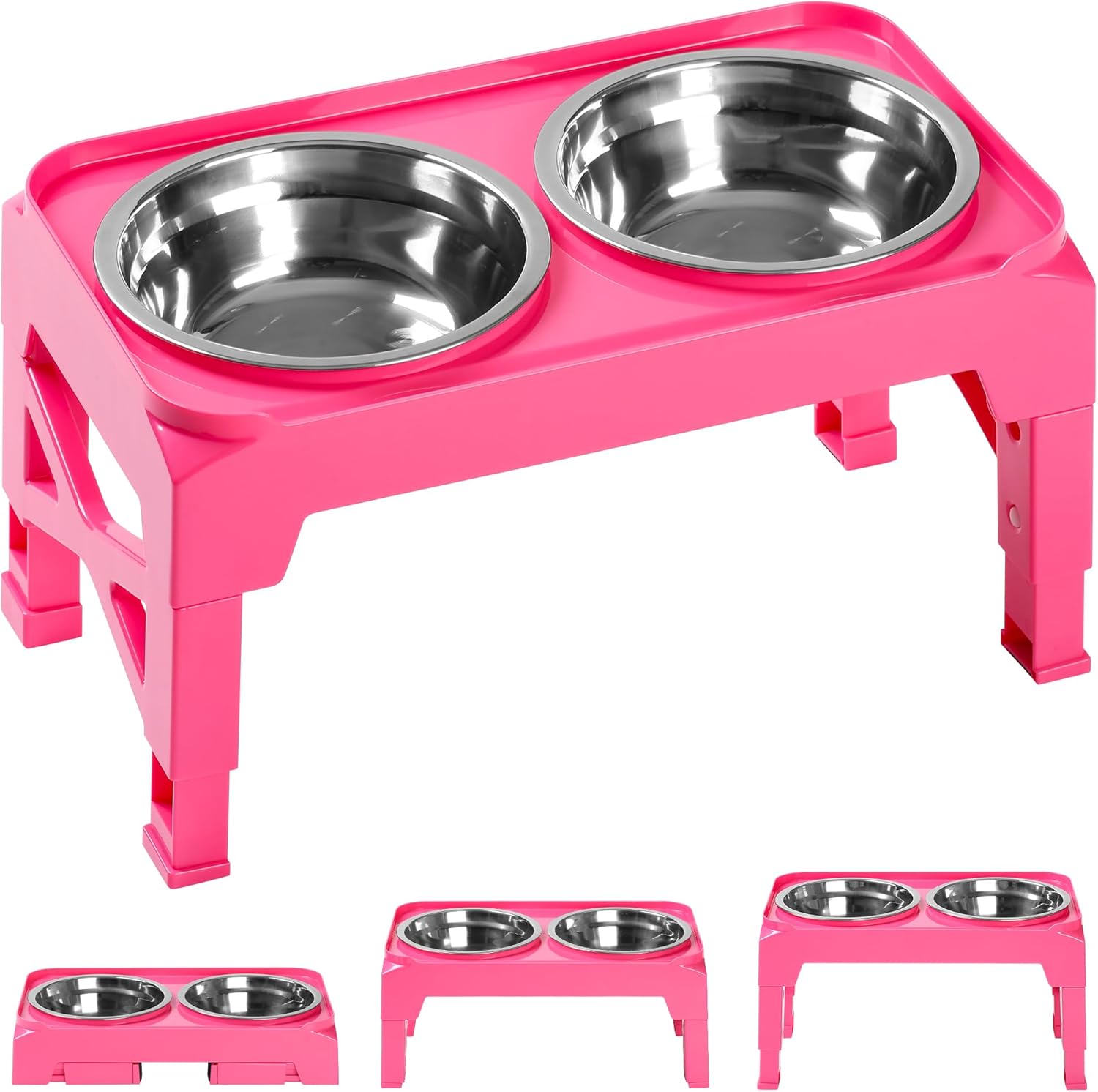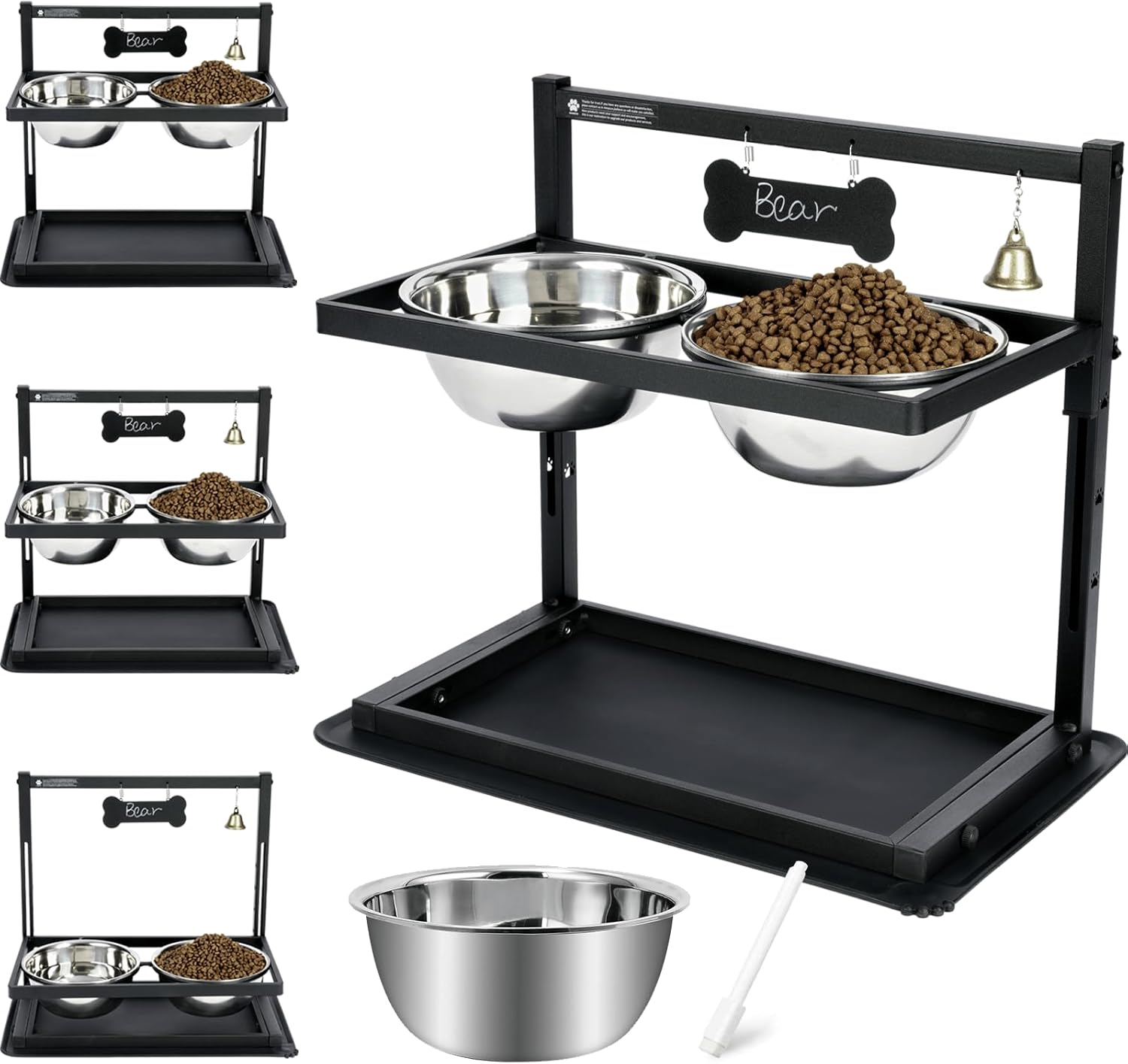How to Groom a Puppy’s First Coat: Gentle Techniques for Young Pets
Introduction:
A puppy’s first coat is soft, delicate, and requires special care to ensure their grooming journey begins on the right note. Early grooming helps your puppy feel comfortable with the process while keeping their coat clean and healthy. This guide offers gentle techniques to groom your puppy’s first coat and build a positive grooming routine for years to come.
Why Grooming Your Puppy’s First Coat Matters
- Promotes Healthy Coat Growth: Regular grooming removes loose hair and dirt, encouraging a strong, shiny adult coat.
- Strengthens the Bond: Gentle grooming creates trust and strengthens your relationship with your puppy.
- Prepares for Future Grooming: Early exposure helps your puppy get used to grooming tools and routines.
Gentle Techniques for Grooming Your Puppy’s First Coat
1. Start with a Gentle Brush
- Why It’s Important: Brushing removes loose fur and prevents tangles, especially in long-haired breeds.
-
How to Do It:
- Use a soft-bristle brush designed for puppies.
- Brush in the direction of hair growth using light strokes.
- Focus on one section at a time to avoid overwhelming your puppy.
- Frequency: Brush 2–3 times a week or daily for breeds with longer coats.
2. Introduce Bathing Gradually
- Why It’s Important: Puppies can get dirty quickly, but their skin is sensitive to frequent baths.
-
How to Do It:
- Use a puppy-safe shampoo that’s gentle and tear-free.
- Test the water temperature to ensure it’s lukewarm.
- Massage the shampoo gently into the coat, avoiding the eyes and ears.
- Rinse thoroughly to remove all residue.
- Frequency: Bathe once every 4–6 weeks unless your puppy gets especially dirty.
3. Use a Wide-Tooth Comb for Tangles
- Why It’s Important: A wide-tooth comb is gentle on soft puppy fur and helps manage tangles.
-
How to Do It:
- Comb slowly through the fur, starting at the tips and working toward the base.
- Focus on areas prone to tangling, such as behind the ears and under the legs.
- Tip: Use your fingers to gently separate knots before combing.
4. Introduce Grooming Tools Slowly
- Why It’s Important: Puppies need time to get comfortable with grooming tools.
-
How to Do It:
- Let your puppy sniff and investigate each tool before using it.
- Start with short grooming sessions, gradually increasing the duration.
- Use treats and praise to create a positive association with grooming.
5. Trim Hair Around Sensitive Areas
- Why It’s Important: Areas like the face, paws, and under the tail require extra care.
-
How to Do It:
- Use blunt-tipped grooming scissors to trim hair carefully.
- Keep your puppy calm by holding them securely and speaking soothingly.
- Tip: Seek professional help if your puppy is too wiggly.
6. Dry Your Puppy’s Coat Properly
- Why It’s Important: A damp coat can lead to discomfort and skin issues.
-
How to Do It:
- Pat the coat dry with a soft towel.
- For longer-haired breeds, use a low-heat dryer set to a quiet setting.
7. Clean Ears and Paws
- Why It’s Important: Puppies are prone to dirt and debris in these areas.
-
How to Do It:
- Use puppy-safe grooming wipes or a damp cotton pad for ears and paws.
- Avoid inserting anything into the ear canal.
8. Make Grooming Fun and Rewarding
- Why It’s Important: Positive experiences encourage good behavior during grooming.
-
How to Do It:
- Offer small treats or favorite toys during and after grooming sessions.
- Use calm, reassuring tones to keep your puppy relaxed.
Common Challenges and How to Overcome Them
-
Squirming Puppy:
- Use a non-slip mat during grooming sessions.
- Keep sessions short and gradually increase their length.
-
Fear of Tools:
- Introduce tools one at a time and allow exploration.
- Use desensitization techniques, such as running the brush over your hand first.
-
Sensitive Areas:
- Take breaks when working on tricky spots like the face or paws.
- Use slow, gentle movements to avoid startling your puppy.
Puppy Grooming Checklist
- Brush: Soft-bristle or slicker brush
- Shampoo: Tear-free, hypoallergenic puppy shampoo
- Comb: Wide-tooth comb for tangles
- Scissors: Blunt-tipped grooming scissors
- Towel: Soft, absorbent towel for drying
- Wipes: Puppy-safe grooming wipes for ears and paws
- Treats: For rewarding good behavior
Conclusion
Grooming your puppy’s first coat is a rewarding experience that lays the foundation for a lifetime of healthy habits. By using gentle techniques and introducing tools gradually, you can create a positive and stress-free routine. Remember, patience and consistency are key to making grooming enjoyable for both you and your furry friend!
Start small, build confidence, and enjoy bonding with your puppy through the grooming process.
Affiliate Products



